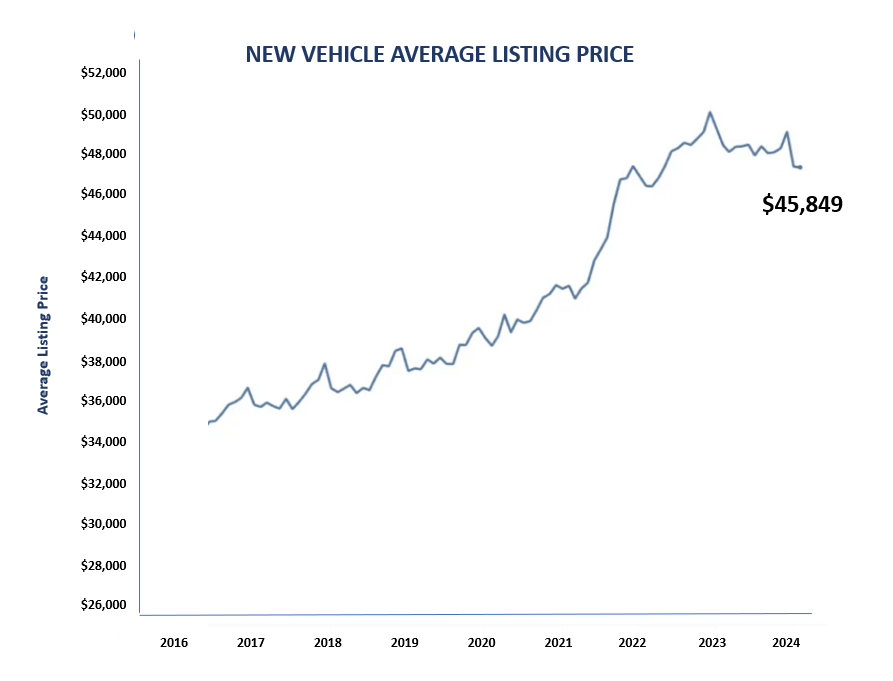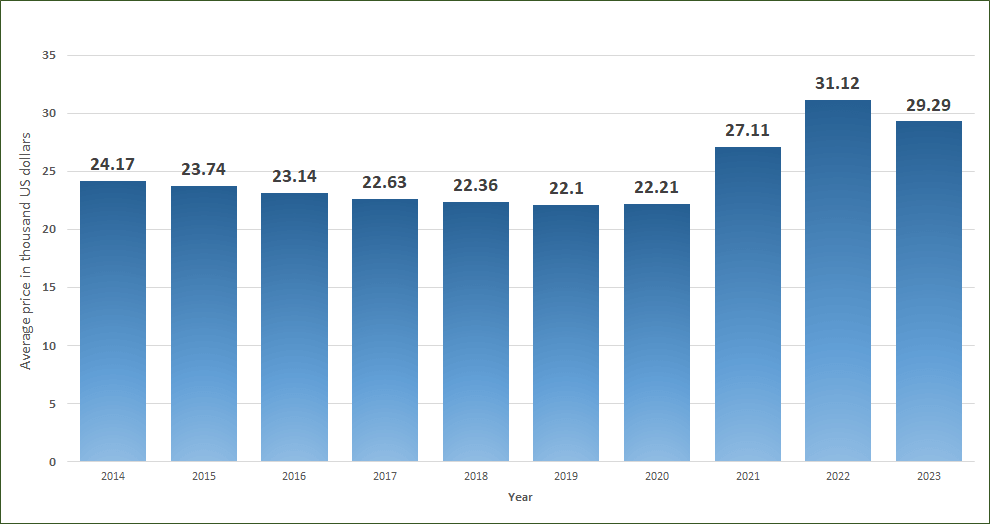Car Price Trends: New vs. Used Car Market Analysis
Understanding car pricing is crucial whether you’re buying, selling, or just keeping an eye on the market. Recent data on new car sales statistics and used car market trends show some interesting shifts due to various economic and social factors. The relationship between new and used car markets significantly affects pricing and demand.
The car industry has faced many challenges recently, like supply chain issues and changing consumer preferences. These have impacted both new car sales and the used car market. Looking ahead to 2024, it’s important to check the pricing trends and understand the market forecast. By analyzing these new and used car market trends, specifically pricing, we can get a clear picture of where car prices are heading.
For sellers, keeping an eye on retail used car prices is crucial. Wholesale used car price trends, for instance, offer an inside scoop on what it costs to stock your inventory and make used car market forecasts. However, retail prices are what customers see and what they are willing to pay. Knowing these prices helps sellers set competitive rates and manage inventory smartly.
The car industry has faced many challenges recently, like supply chain issues and changing consumer preferences. These have impacted both new car sales and the used car market. Looking ahead to 2024, it’s important to check the pricing trends and understand the market forecast. By analyzing these new and used car market trends, specifically pricing, we can get a clear picture of where car prices are heading.
For sellers, keeping an eye on retail used car prices is crucial. Wholesale used car price trends, for instance, offer an inside scoop on what it costs to stock your inventory and make used car market forecasts. However, retail prices are what customers see and what they are willing to pay. Knowing these prices helps sellers set competitive rates and manage inventory smartly.
Current Market Overview
The current car market is characterized by significant fluctuations in both new and used car prices. Economic factors such as inflation, supply chain disruptions, and shifts in consumer preferences have played major roles in shaping these trends.
New Car Price Trends
New car prices have experienced substantial increases in recent years. As of February 2023, the average transaction price for a new vehicle was $48,763, reflecting a slight decrease from January’s average of $49,468. Non-luxury vehicles averaged $44,697, while luxury vehicles reached an average of $65,534. The price of electric vehicles (EVs) averaged $58,385.

SUVs and crossover vehicles exhibited diverse pricing based on their size:

SUVs and crossover vehicles exhibited diverse pricing based on their size:
- Subcompact SUVs: $30,353
- Compact SUVs: $35,172
- Midsize SUVs: $48,218
- Full-Size SUVs: $74,502
- Midsize pickups: $41,176
- Full-size pickups: $62,825
- Manufacturing Costs: Rising raw material costs and advanced technology integration have driven up production costs.
- Supply Chain Issues: Semiconductor shortages and logistics challenges have limited vehicle availability, increasing prices.
- Consumer Preferences: Increased demand for SUVs, EVs, and advanced features has led to higher average prices.
- Inflation: General economic inflation has also played a role in driving up car prices.
Used Car Price Trends
The used car market has seen even more dramatic price increases. Due to high demand and limited supply, used car prices have surged. Factors contributing to these trends include:

- Vehicle Age and Mileage: Newer, low-mileage used cars fetch higher prices due to their perceived reliability and remaining lifespan.
- Brand and Model Popularity: Popular models with strong reputations for reliability and resale value command higher prices.
- Market Demand: With new car prices rising and production limited, many consumers are turning to the used car market, driving up prices.
- Supply Constraints: Reduced trade-ins and lease returns have limited the supply of used vehicles.
Used vehicle average price in the United States from 2014 to 2023 (in 1000 US Dollars)

New vs Used Car Price Trends: Comparative Analysis
Comparing new and used car price trends reveals several insights:
- New Cars: Higher prices driven by technological advancements, supply chain issues, and inflation.
- Used Cars: Significant price increases due to high demand and limited supply.
- Pros and Cons: While new cars offer the latest features and warranties, used cars can provide better value for budget-conscious buyers.
Regional Variations
Car prices can vary significantly by region due to:- Local Economic Conditions: Regions with stronger economies may see higher car prices.
- State Regulations and Taxes: Different tax rates and environmental regulations can impact car prices.
- Urban vs. Rural Demand: Urban areas often have higher demand and prices for smaller, fuel-efficient vehicles, while rural areas may prefer larger trucks and SUVs.
Future Outlook
Projections for the next five years suggest continued growth in both new and used car markets:- Sustainability and Green Technology: Increasing adoption of EVs and hybrids is expected as consumers and manufacturers prioritize sustainability.
- New Policies and Regulations: Government incentives for EVs, stricter emissions standards, and investments in charging infrastructure will influence car prices and market dynamics.
- Economic Factors: Inflation, interest rates, and economic recovery will continue to impact car prices.
Takeaways for Buyers and Sellers
Buyers and sellers can learn a lot from recent trends in the US car market. For buyers, tracking price changes over the past few months and looking at future projections can help you find the best times to buy and get better deals. Resources like Consumer Reports (Used Car reviews, for example) give consumers insights into pricing and quality, making sure you’re well-informed. The difference between listed and final prices can give them an edge in negotiations.
For sellers, keeping an eye on retail used car prices is crucial for setting competitive rates and managing listings effectively. Using automotive market insights, they can make new and used car market projections to help anticipate market changes and adjust their pricing strategies.
The most comprehensive Automotive Data & Analytics
- Automotive Market Trends & Insights
- Research & White Papers
- Auto Market Analytics Articles
- VIN Decoder & Lookup
